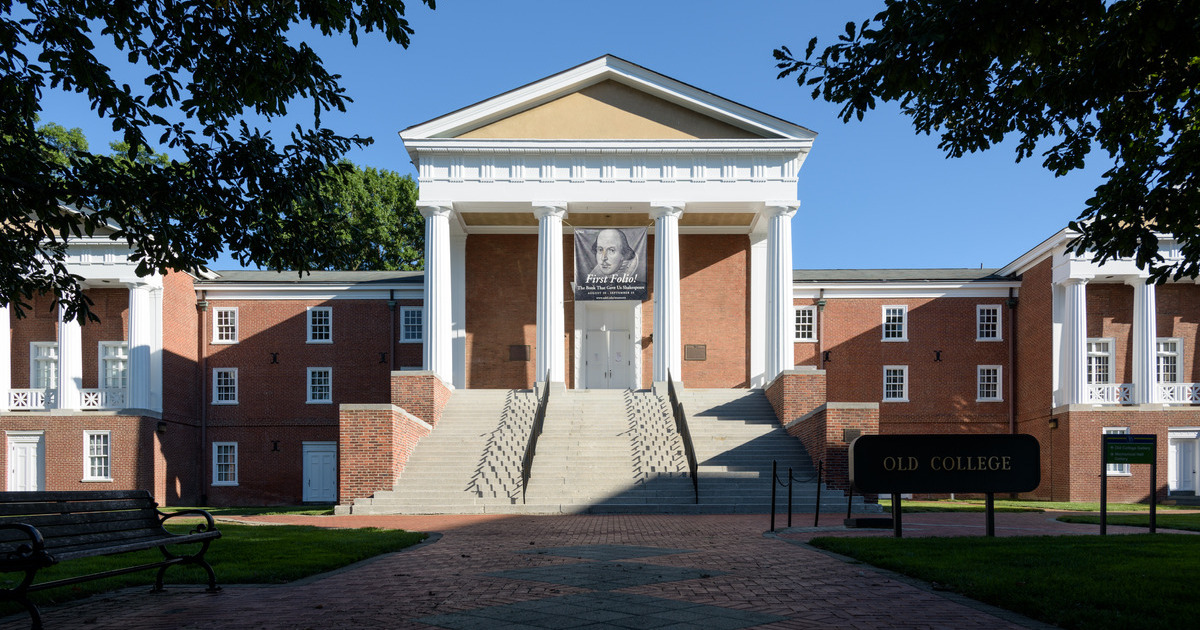
About Us

What is art conservation?
Art conservation is the field dedicated to preserving cultural property. Our cultural property is threatened by repeated exposure to a variety of detrimental factors, including excessive light, temperature, and humidity extremes, pests, pollutants, poor handling practices, natural disasters, and accidental damage. The survival of this heritage depends on the availability of educated and trained conservation professionals.
Conservators are professionals who are skilled in the scientific treatment and preservation of cultural artifacts. They have the specialized knowledge and skills in the arts, sciences, and other fields that enable them to undertake scientific studies on objects, stabilize the structure and reintegrate the appearance of deteriorated cultural artifacts, and establish an environment in which artifacts are best preserved.
Conservators specialize in a particular material or group of objects such as paintings, art on paper, textiles, library and archival artifacts, photographs, archaeological or indigenous materials, sculpture, furniture, or decorative objects. Our country's museums, libraries, archives, and other cultural institutions, as well as individual collectors, rely on trained conservators to document, analyze, treat, and care for their collections. This work ensures that these cultural resources are given the finest possible care and are available for the education, scholarship, advancement, and enrichment of future generations.
Undergraduate Applicants should apply directly through the University's Admissions Office. Please see the undergraduate section of the website and if you have further questions, call (302) 831-8236.
*Note for Transferring Students: The department cannot guarantee that you will graduate in less than two years when transferring from another institution or from another major within the University of Delaware. Most transfer students will spend at least two to three years earning the bachelor's in art conservation, even with transfer credits approved from a previous institution.
Graduate Applicants need to apply online through the Graduate College.
The University of Delaware is an equal opportunity affirmative action employer and Title IX institution. Read the University's complete non-discrimination statement.

Funding
We are grateful for the many federal agencies, foundations, corporations, membership organizations, and individuals who have generously supported the education and training of future conservation professionals. Our program is supported by grants from the Ahmanson Foundation, the Annette Kade Charitable Trust, the Bay Foundation, the Brunschwig & Fils Corporation, the E. Rhodes and Leona B. Carpenter Foundation, the Chichester duPont Foundation, Conservation Resources Inc., the Crystal Trust, Eastman Kodak Company, the Getty Foundation, the Gould Foundation, the Karen & Leo Gutmann Foundation, the Mellon Foundation, the National Endowment for the Humanities, the National Society of The Colonial Dames of America, Nielsen Bainbridge Corporation, the International Questers, the Samuel H. Kress Foundation, the Sloan Foundation, the Society of Winterthur Fellows, Tru Vue, UNIDEL Foundation, University Products Inc., the University of Delaware Office of Women Affairs, and a number of individual patrons and donors.
Values Statement
The Department of Art Conservation values empathy, cultural identity, inclusion, and social connection as integral to the care of material culture. We are committed to educating professionals skilled in the analysis, treatment, and preservation of cultural artifacts by connecting disciplines in the arts, humanities, and sciences.
More about Art Conservation
The Department of Art Conservation educates and trains emerging conservators to be responsible for the preservation of our shared global cultural heritage. Our program of study works to integrate the arts, humanities, and sciences with examination, documentation, conservation treatment, preventive care, and practical research.
Our undergraduate degree in art conservation is one of a kind – no other program in the United States has professional conservators as permanent faculty with real-world experience caring for collections. This distinguished program prepares students for graduate-level study in the conservation of material culture and related fields, such as historic preservation, museum studies, archeology, art history, library science, and more.

The College’s Commitment to Diversity, Equity and Inclusion
Diversity, equity, and inclusion are significant parts of the University of Delaware's College of Arts and Sciences values and goals. The college's commitment to these values is not just evident in its student body but also in its faculty, staff, and curriculum, ensuring a fully inclusive experience. Through this steadfast dedication to diversity and inclusivity, the college continues to enrich its educational offerings, allowing each student to benefit from a wide array of viewpoints and experiences.

